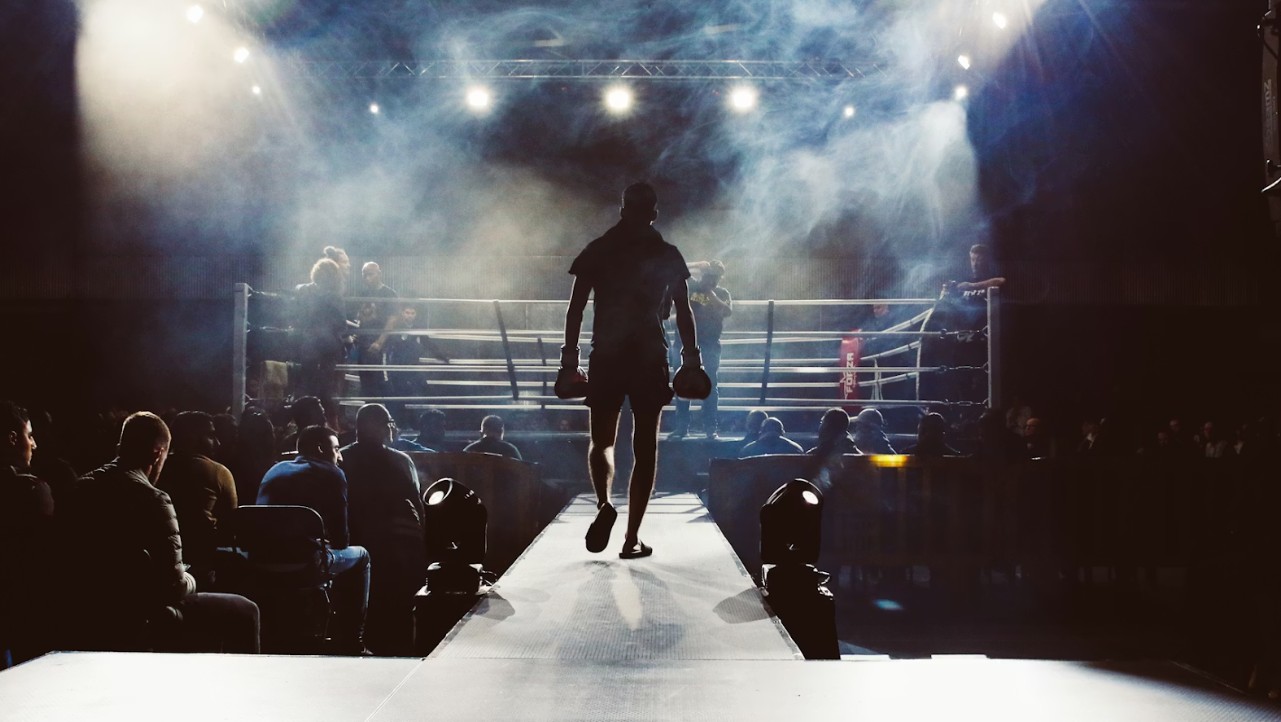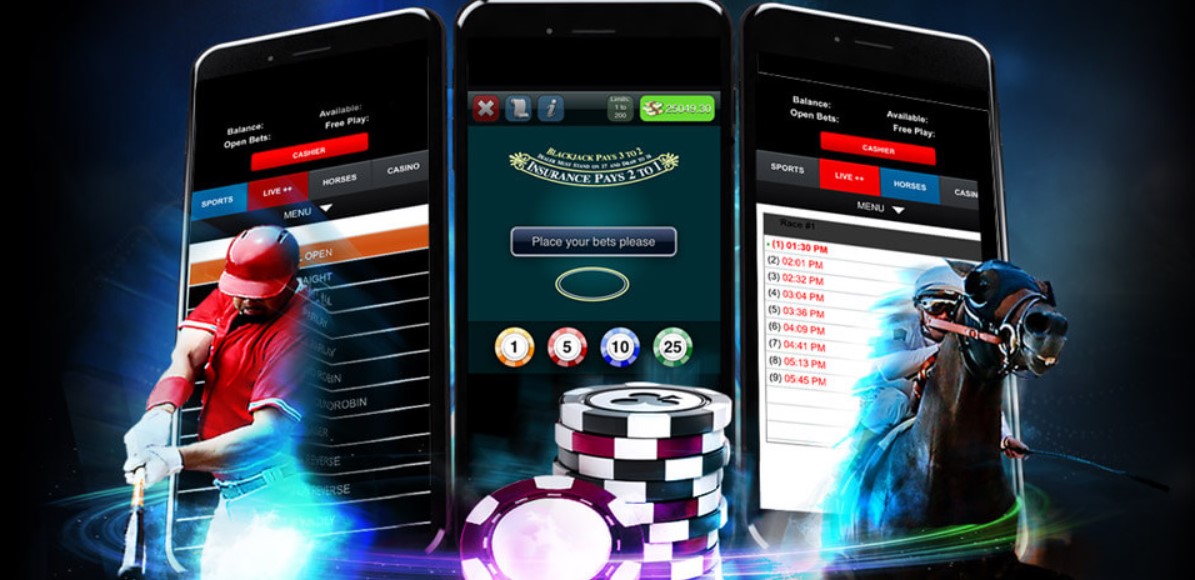How Video Analysis Is Changing Game Tactics
Coaches and players no longer look at a match as a
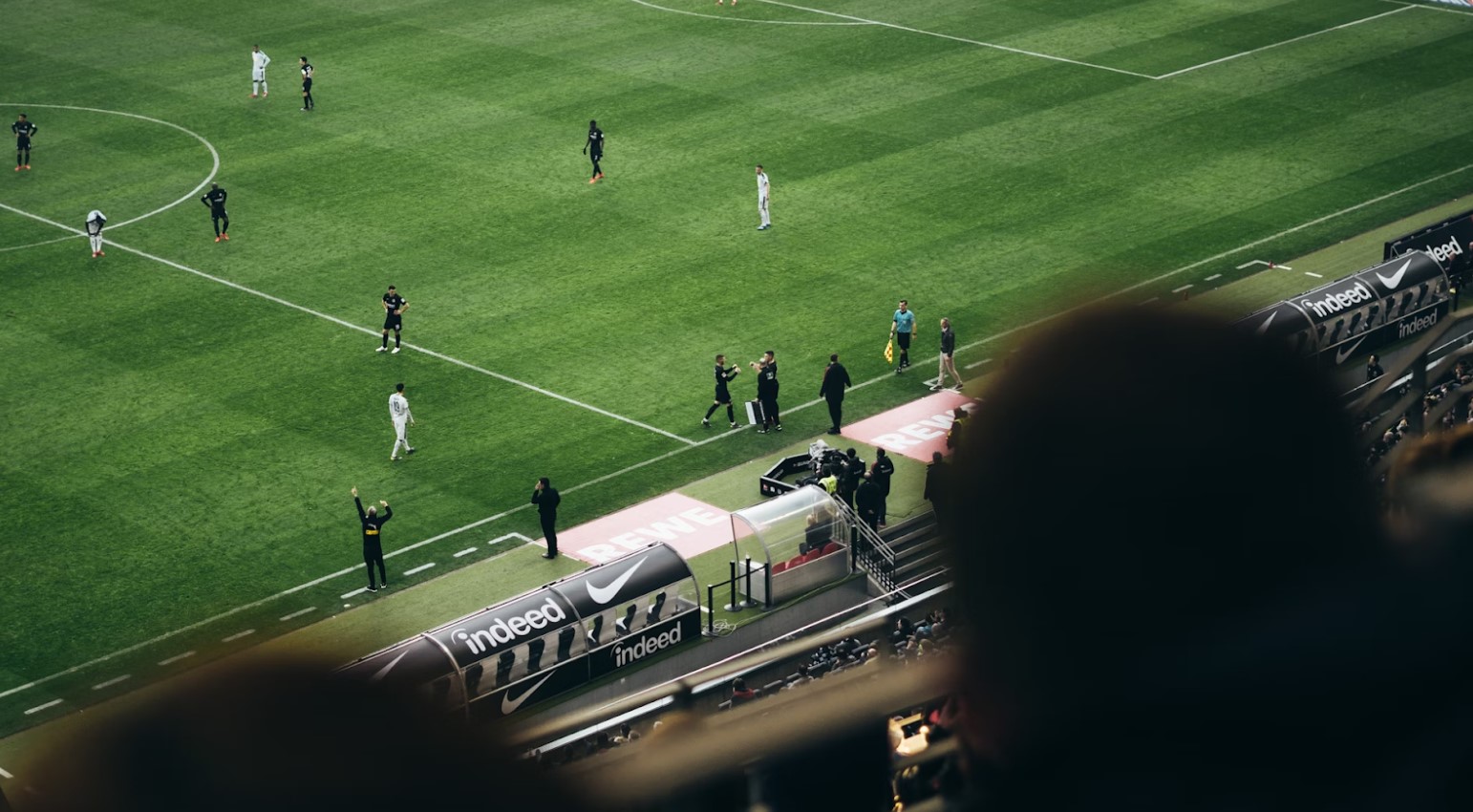
Coaches and players no longer look at a match as a simple 90 minutes on the field. Today, it is hours of video clips, different angles, and detailed analysis of episodes. Video analysis has become one of the main tools in modern sports — from football and volleyball to eSports. The camera notices what escapes the gaze from the stands. Players see their replays and recognize habits that they were previously unaware of. Teams adapt right during the season. And this is not guesswork — the numbers confirm: sports tactics are changing, and we will analyze this in more detail in this article.
Breaking Down the Modern Game
In professional leagues in the Philippines — from basketball's PBA to football's United City FC in the PFL — video analysis has long been an everyday tool. It's no longer just about watching goals or analyzing mistakes. Today, it's important to look for small tactical clues: where the pressure works, how the ball moves between the lines, and how the formation in defense changes. And fans, waiting for the next match, are increasingly finding a way to stay in the game — through betting online. Hundreds of betting options are available daily on leading platforms, including live mode and little-known disciplines. Both the odds and bonuses are on point.
From Replays to Real-Time Decisions
In 2010, coaches would watch matches from footage, a sort of “cold head” analysis. Now it’s different: analysts feed data in real time straight to the bench. The Philippines' national football team, the Azkals, uses drones and high-speed cameras to instantly assess player formations during training. And in volleyball, clubs like the Creamline Cool Smashers analyze blocking frame by frame during a match, adjusting angles, positions, and all without pause.
And when the match is over? Sometimes players relax in their own way, not without a bit of excitement. Casino online real money platforms now offer over 5,000 slots. Themes range from ancient Egypt to neon and cyberpunk. High RTP, eye-catching visuals, and there’s something for every taste. Just like on the field, timing and strategy decide everything — only here, instead of passing, the reels spin.
Helping Coaches See What Players Miss
Even the most experienced players miss things — it’s inevitable in the heat of the moment. But the right angle can bring out the truth. And that’s where analysis comes in. Here’s how it really helps:
- Reaction: In basketball, FEU coaches noticed that after working with video, players began to switch to defense faster — by an average of 0.2 seconds.
- Heat maps: In PFL games, teams track the areas of their players’ greatest activity — and adjust their lineup to the real numbers. As a result, ball possession has increased by 12% in some places.
- Recurring mistakes: Volleyball coaches keep logs of serves and timing errors to identify areas for improvement. Then they turn on spot analysis — and the mistakes simply disappear.
- Opponent analysis: Watching an opponent’s last five games can reveal a lot — from set pieces to vulnerabilities on the weak side. The La Salle soccer team used exactly this to take a key victory last season.
The right video is not just a replay. This is a tactical tool that was previously hidden.
Adapting Strategies Through the Screen
Today, the screen doesn’t just show replays — it rewrites the strategy itself. In UAAP men’s basketball, coaches use video during halftime to make adjustments that used to take days. The reaction is immediate: a narrowed zone, a change of roles on the flanks, or a switch to total pressure — right during the game.
Even in practice, teams like the Ateneo Blue Eagles record every session. This allows them to track where fatigue accumulates, which tactics become formulaic, and which drills actually improve decision-making on the court. The camera no longer observes. It participates in the process — like a full-fledged assistant on the bench.
How Teams Use Data to Outsmart Opponents
The numbers don’t lie. And when combined with video, they become a full-fledged tactical arsenal. Here’s how the Philippines teams make the most of it:
- Pass map analysis: shows which routes are overloaded and which are ignored, helping playmakers make more accurate decisions.
- Tracking attack start points: lets you know if shots are coming from high-percentage areas or are rushed and unprepared.
- Possession graphs: record the duration of each attack, letting you know if a team is playing cool or losing under pressure.
- Recovery time measurement: shows how many seconds it takes to get back on defense after losing the ball, an important benchmark for adjusting counterpressing.
When data and images are combined, every moment of the game becomes an opportunity. A chance not only to improve, but also to be one step ahead.
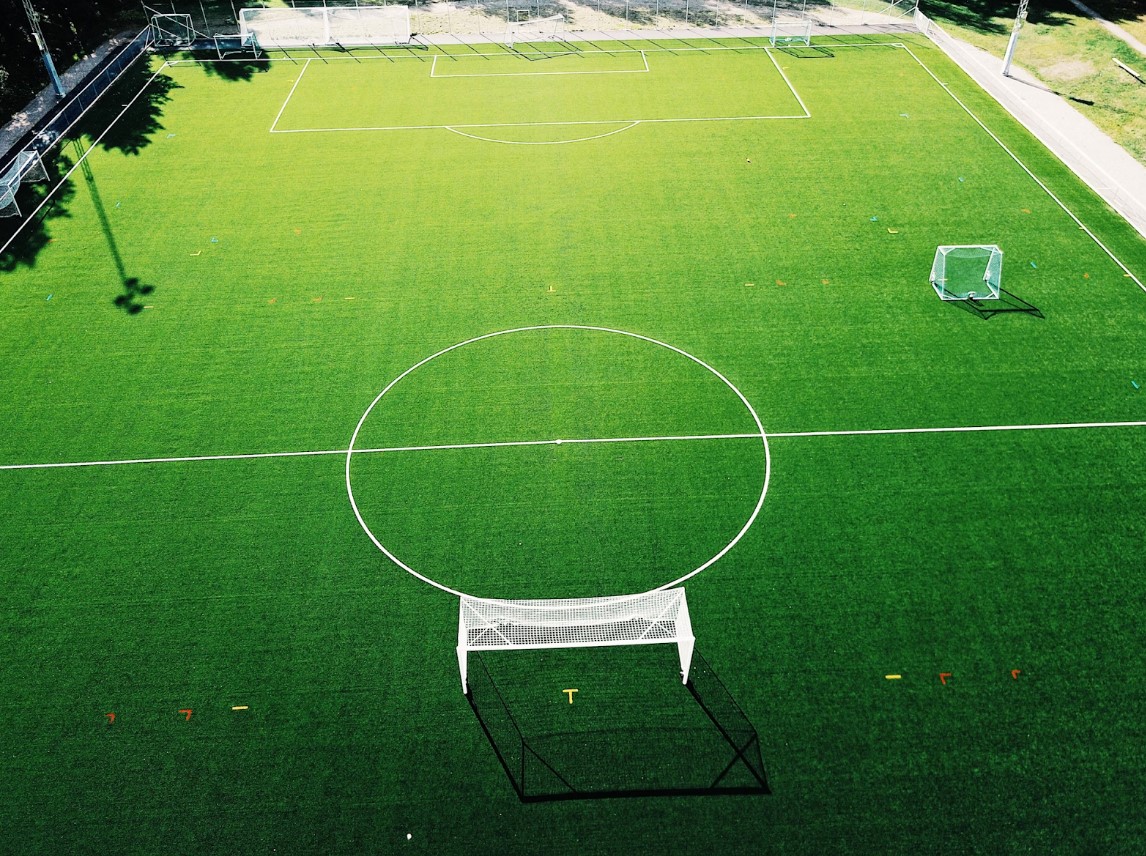
The Rise of Smarter, Faster Adjustments
In leagues like the MPBL and PBA 3x3, the pace is unforgiving of delays. Those who analyze the game faster are able to adjust more accurately and in a timely manner. Some teams are already using touchscreen tactical tablets synchronized with the live broadcast - the coach shows where to run right during a pause. This approach changes everything.
And it's not just the professionals. Even school teams from Cebu and Davao are working with apps like Hudl or Dartfish. One provincial team has reduced the number of turnovers by 35% in a season with their help. The game is evolving - and it's no longer just about the elite. Everyone can catch up.
In Every Frame, a Chance to Grow
Every second of the recording contains something important: a mistake, a successful decision, an unexpected turn. It is in such moments that development occurs. Video analysis is not just a search for shortcomings. It is a way to discern potential, discover new ideas, and pull a hidden victory out of defeat. This is no longer a fashionable tool - it is a new pulsation of the game, its internal logic and rhythm.
